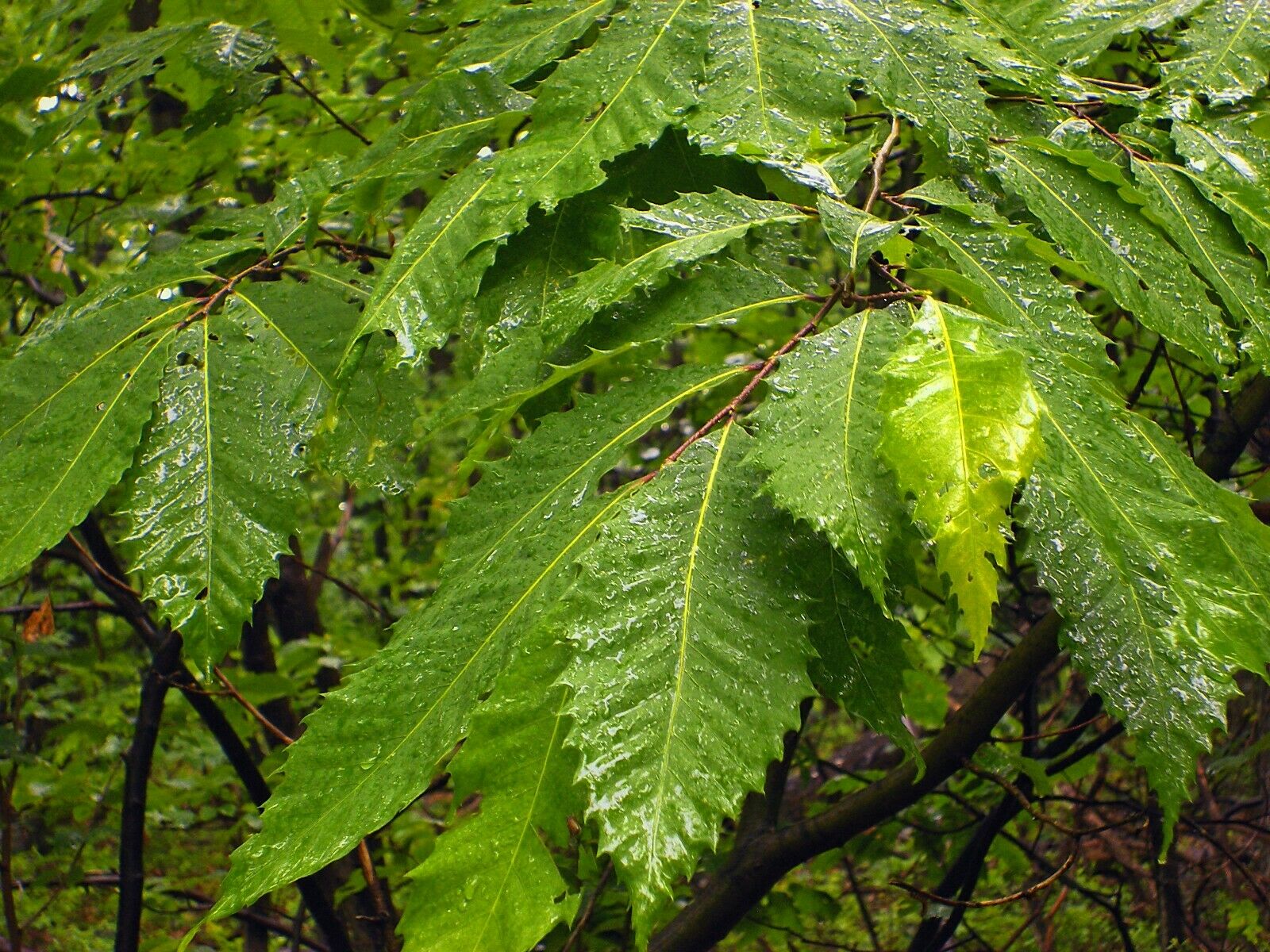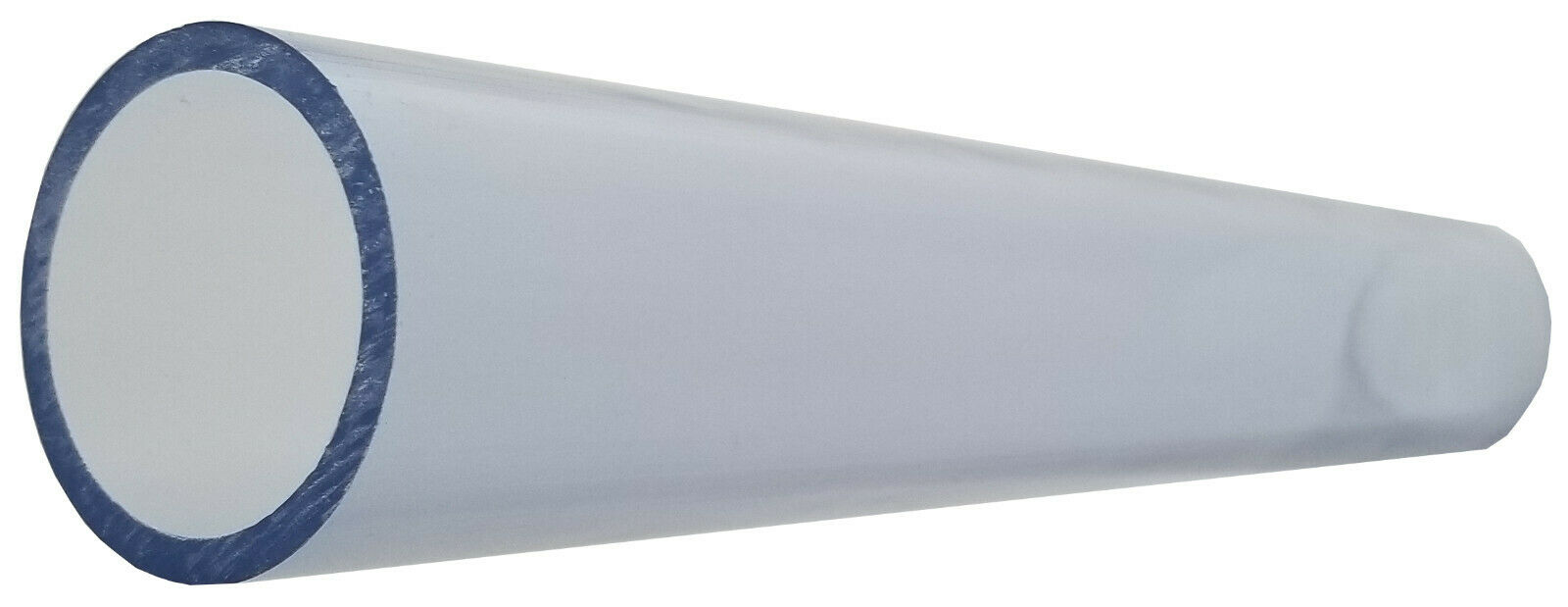-40%
American Chestnut (Castanea dentata) 3 seeds fresh seeds for harvesting
$ 3.16
- Description
- Size Guide
Description
In nature, the range of the species covers North America-in the North from Maine (43° n) and the Northern shores of lakes Ontario and Michigan along the Alleghany mountains South to the Central part of the States of Mississippi, Louisiana and Alabama.It grows mainly in coniferous-deciduous forests on the Eastern slopes of mountains at an altitude of 400-1200 m above sea level.
At present, it is preserved mainly in the form of shoots and in small quantities, since in the 80-90-ies of the XIX century, its forests and crops were severely damaged by the fungus Endonia parasitica, introduced from China along with the soft chestnut.
The growth rate of the American chestnut is 0.5-1 meter per year.
It grows up to 60-70 years old, and requires felling by the age of 80[2].
Very hardy species, can withstand frosts up to -27°C and high air pollution, so it can grow in cities.
The tree is up to 30-35 m high, with a trunk diameter of 1.5 m. When growing in freedom, the crown is powerful, low-hanging, tent-shaped with thick branches.
Young shoots are somewhat drooping, angular, almost naked, biennial gray-brown with small whitish lentils.
The bark is brown, deeply furrowed.
The buds are 6-7 mm long, ovate-pointed.
Petioles 1-1.
5 cm long, glabrous and ciliated at the edge.
Stipules oval-lanceolate, slightly pubescent.
Leaves are lanceolate, 12-24 cm long, 4.5—5.5 cm wide, gradually pointed at the top, with a wedge-shaped, somewhat uneven base, having 18-20 pairs of lateral veins ending in sharp tips of large teeth directed to the top of the leaf, glabrous and dull yellowish-green above, lighter below, glabrous or with small sparse glandular hairs along the nerves.
In autumn, the leaves turn pale yellow.
Inflorescence — long male spikes 15-20 cm long, on the bases of which there are female flowers.
Cupule when ripe fruits with a diameter of 5-7.
5 cm, bare-branched slender spines, each Cupule 2-3 of the fetus.
Fruits 1-2.
5 cm in diameter, densely pubescent, especially at the top, drawn into a long straight or bent nose, almost equal to the height of the fruit.









